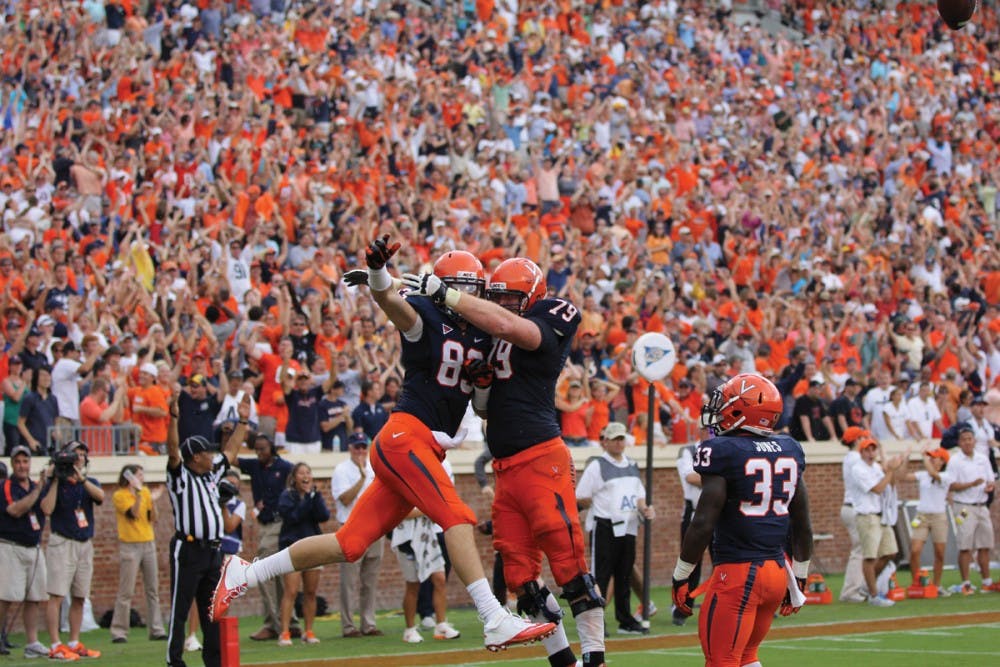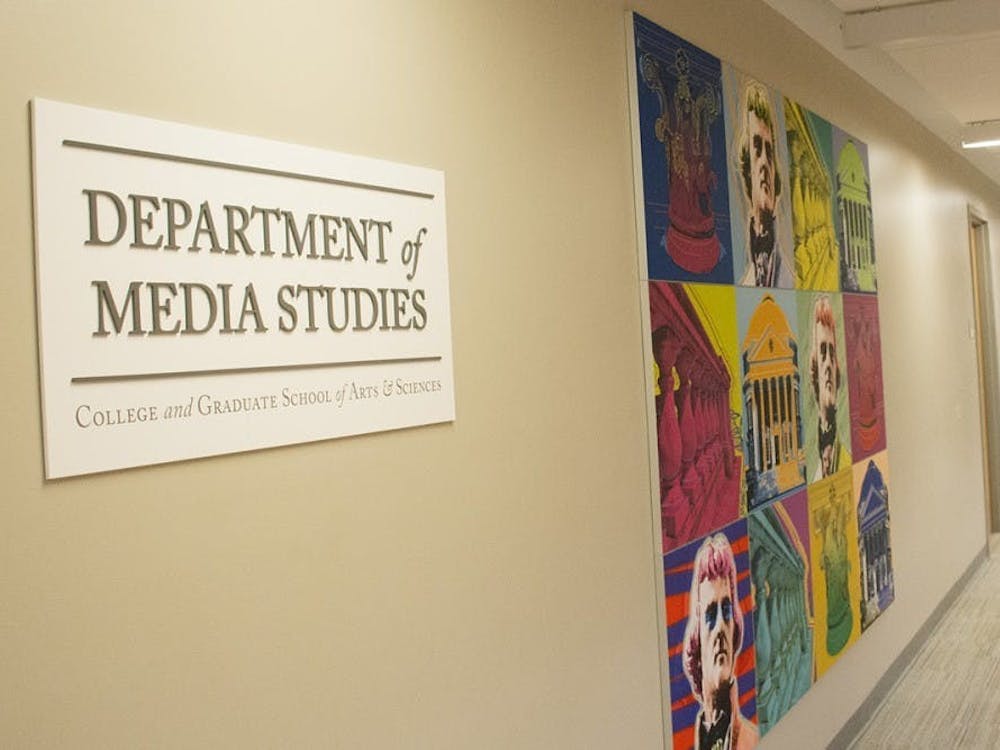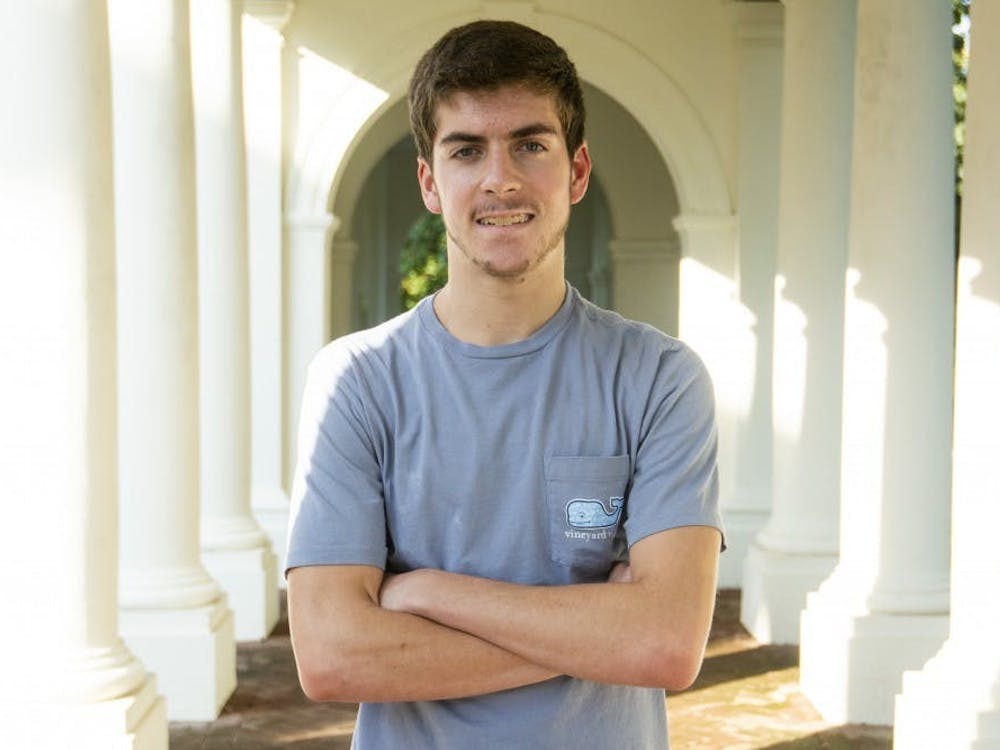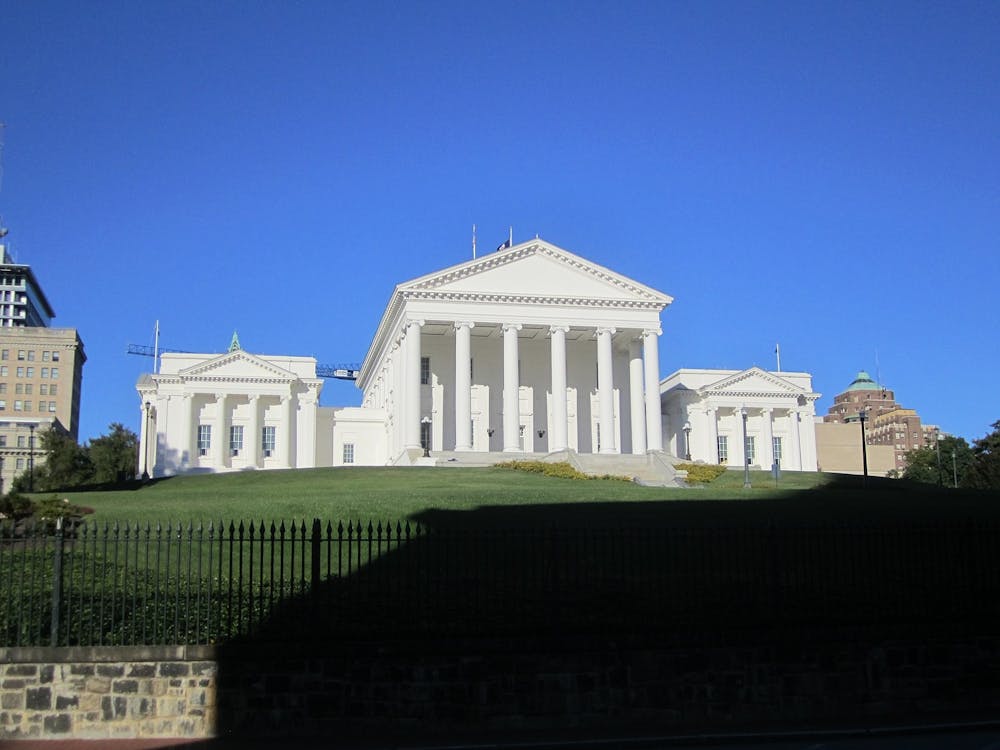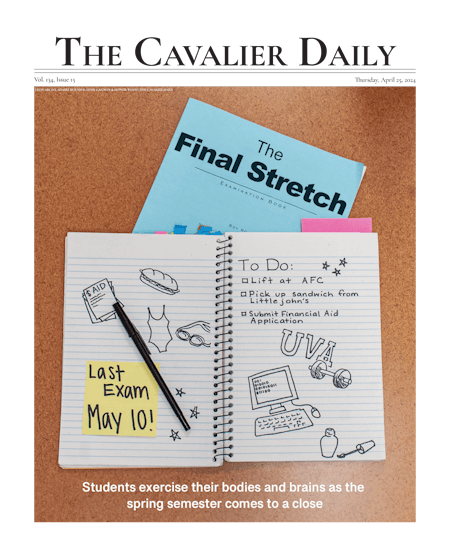The issue of compensating student athletes has ignited a national debate and a string of lawsuits, putting the NCAA on the defensive.
In intercollegiate athletics, there is a blurred line when it comes to distinguishing whether student athletes are amateurs or professionals. Certain football and basketball players bring in enormous revenues to their schools through ticket sales and media rights, but they barely share in profits.
In the 2014 Final Four of the NCAA’s annual March Madness tournament, Connecticut Huskies star guard Shabazz Napier revealed he had many hungry nights throughout the season. Meanwhile, the NCAA raked in more than $1 billion in revenues in advertising alone. Add the multi-billion dollar broadcasting contracts with CBS and Time Warner, and the figure swells considerably.
Following this episode, the NCAA voted to relax some of its rules on providing food to student athletes. Now, Division I programs can provide athletes with unlimited meals and snacks to make sure their basic needs are met.
University Athletic Director Craig Littlepage said the changes to the strict NCAA regulations allow for schools to provide student athletes with more complete resources for success in a University setting.
“I think that all this comes as a result of a desire on the part of schools to be able to provide the necessary resources for student athletes to be successful in all areas, academically and as athletes,” Littlepage said. “For some time, the NCAA rules prohibited this to be possible in terms of expenses, like the full cost of attendance, adequate meal plans and the travel fare home.”
Another case involved ex-UCLA basketball player Ed O’Bannon, who sued the NCAA in 2009 over the rights to his image in a video game, which he claimed the NCAA was using illegally by not including him in a share of the revenues.
In an interview last month, University President Teresa Sullivan expressed her empathy for O’Bannon and agreed he was unjustly treated by the NCAA.
"My personal opinion on the NCAA's licensing of players' images for video games is that was really outrageous," Sullivan said. "These students might not be employees, and in fact the NCAA would say they are not employees, but they also didn't sign away their basic rights."
But Sullivan also expressed doubt about the University’s ability to carry out the O’Bannon ruling passed in August. In the verdict, a California judge ruled schools would be allowed to set aside a trust for student athletes to be accessed after their graduation. There was also a stipulation that the NCAA cannot cap the fund under $5,000.
"If we have to put aside $5,000 for every one of those 700 student athletes every year … at the moment, I don't see how we can do that," Sullivan said.
Littlepage said the money going into student athletes’ trust funds would not come from University money, but from the revenue generated by the respective school’s athletic department.
“A lot of programs would be funding this,” Littlepage said. “It’s not institutional money that would be diverted from non-student athletes, not money in the financial aid office or that sort of thing, but money driven by the athletic department here and athletic departments nationally.”
Littlepage said changes are not likely to come into effect before the Class of 2016, and the O’Bannon ruling could have a significant impact on the process of recruiting student athletes.
“[The O’Bannon ruling] proposes the question of whether or not it becomes yet another aspect of recruitment,” Littlepage said. “Do the schools funding a trust fund up to the maximum limit have an advantage over the schools funding lesser trust funds? That definitely could have an impact on recruiting, and we have to take into consideration. That’s kind of an unknown — what impact the ruling will have on the dynamic between recruiters and athletes.”
Money aside, student athletes also have to balance dual responsibilities, studying for exams while coping with a full schedule of training, travel and competition. Often, their athletic duties clash with the academic values of the institution they attend. Nowhere was this problem more acute than at University of North Carolina, Chapel Hill where an academic scandal engulfed the school in 2012.
There, athletes would group in classes where they knew they could get an easy A, which is not in violation of NCAA rules. However, in some cases, athletes did not even attend class, or the classes never or rarely met, but students were nevertheless given a passing grade. More instances of academic fraud were uncovered, and the scandal made national headlines.
The University has a framework in place for dealing with NCAA compliance and helping athletes achieve academic success. Staff in the athletic department and across the University monitor graduation rates and provide hands-on counseling to make sure athletes pick a major in which they are both interested and can succeed.
At the beginning and end of each semester, two faculty members — one from the Education School and the other from the College — review all the courses in which the athletes have registered, identifying courses which have several student athletes enrolled and ensuring they apply fair academic standards.
The University also has two NCAA compliance officers which meet once a year privately with Sullivan to ensure the University is eligible to compete.

